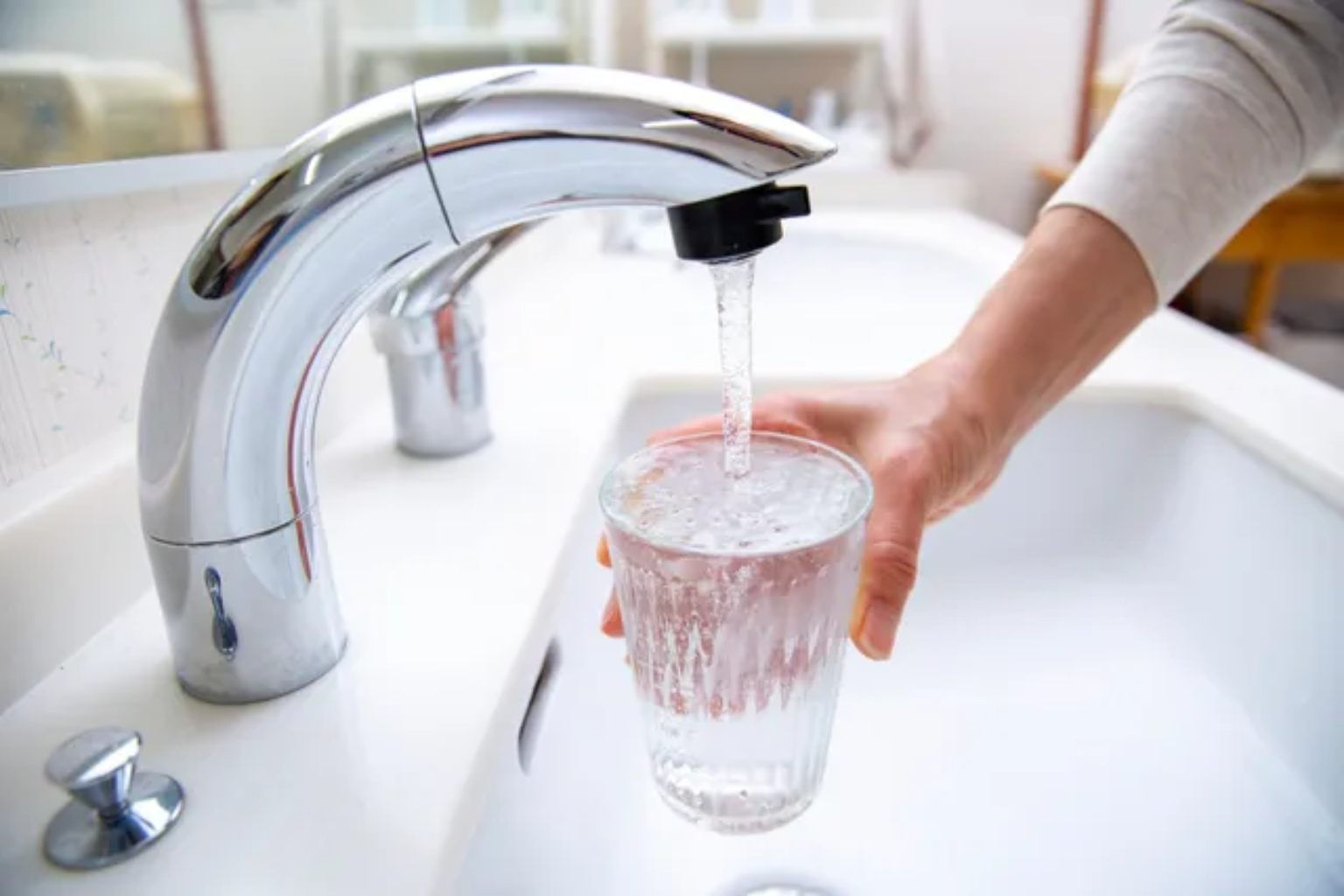Water feels so simple, right? You turn on the tap, fill a glass, and expect it to be safe. Most of us rarely question it. But the truth is, what flows into our homes isn’t always as clean as it seems. Among the hidden culprits, arsenic stands out—a naturally occurring element that, unfortunately, can make its way into groundwater supplies. And the effects aren’t just a technical concern. They’re deeply personal.
Think about it. Water touches nearly every part of our lives—cooking, bathing, even the vegetables we grow in the backyard garden. When arsenic creeps into that cycle, it’s not just numbers on a lab test. It’s about health, longevity, and peace of mind. This is why communities, especially those in rural areas, have started paying closer attention to something most of us once ignored.
The Invisible Threat in Everyday Water
Unlike the murkiness of unfiltered well water or the metallic taste of old pipes, arsenic doesn’t really give itself away. It’s invisible, tasteless, and odorless. That makes it trickier to catch without help. People can go years without realizing they’ve been drinking contaminated water until health concerns arise. And while it’s naturally occurring, that doesn’t make it any less dangerous. Long-term exposure has been linked to everything from skin issues to serious chronic conditions.
That’s why arsenic water testing and consultation has become more than just a checkbox on a safety list—it’s a proactive step. For homeowners and businesses relying on well systems, it’s often the only reliable way to understand what’s happening beneath the surface. Experts can provide not only the numbers but also context: what those levels mean, how urgent the issue is, and which steps might be the smartest to take next.
Beyond Testing: Taking Steps Toward Safer Water
Of course, testing is just the beginning. Once contamination is confirmed, people are faced with a choice. Do they install a treatment system? Change their water source? Or maybe adopt a whole-home filtration strategy?
This is where professional water quality improvement services for arsenic really shine. It’s not a one-size-fits-all situation. The needs of a family of four in a suburban home can look very different from those of a small farm or a commercial property. The right solution might involve point-of-use filters for drinking water, while other cases call for whole-system treatment. And the technology available today is far more advanced than it was a decade ago. Reverse osmosis, adsorption media, and innovative filtration systems can all bring arsenic levels down to safe, regulated limits.
The key is tailoring the approach. Anyone can buy a filter off the shelf, but without knowing if it’s designed for arsenic or sized properly for the water usage, it’s a gamble. A service backed by expertise ensures that the solution actually fits the problem.
The Human Side of Safe Water
What strikes me most about this issue is how personal it is. I once spoke with a family who learned their well had elevated arsenic levels after their youngest child began having recurring health problems. They’d been living in that home for years, never suspecting the water could be part of the problem. Their relief after installing a treatment system was palpable—you could hear it in their voices.
This isn’t just about compliance with regulations or checking an item off a property inspection list. It’s about knowing that the water your kids drink every day isn’t secretly harming them. It’s about elderly parents being able to stay in their homes without risk. And it’s about farmers protecting the integrity of their crops.
For many, working with an arsenic contamination resolution service provides that peace of mind. These specialists don’t just set up equipment and walk away. They guide homeowners through maintenance, follow-up testing, and long-term care, making sure the fix is durable rather than temporary.
Why Waiting Isn’t Worth It
Here’s the tricky part: arsenic doesn’t cause immediate symptoms. That makes it easy to procrastinate. But waiting rarely makes things better. If your home relies on well water, regular testing is crucial. Even if your water tested clean a few years back, conditions underground can change. Natural shifts in geology, farming practices, and even construction projects nearby can influence arsenic levels.
And when it comes to treatment, the cost of prevention is almost always lower than the cost of dealing with health issues down the line. Think of it like an insurance policy you can actually control.
A Closing Thought
Water is life. That’s not just a poetic phrase—it’s fact. But life-giving water should never carry hidden risks. Taking arsenic seriously doesn’t mean living in fear. It means staying informed, asking the right questions, and leaning on experts who can help navigate the details.
Every glass of water should come with confidence, not second-guessing. Testing, consultation, tailored solutions, and ongoing care form a chain that turns worry into reassurance. And if we’re being honest, there are few investments as personal and as essential as the water flowing into our homes.

